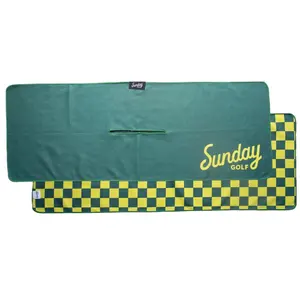Popular in your industry































Top categories
About how to pack plates for moving
Introduction
Moving homes can be a challenging task, particularly when it involves packing delicate items like plates. The anxiety of potential breakages can add to the stress of the process. However, with the right packing techniques, you can ensure your plates reach your new home safely. This article offers a comprehensive guide on how to pack plates for moving, covering everything from the importance of quality packing materials to the specific needs of different types of plates. We also provide tips on how to unpack your plates safely at your new location. Say goodbye to the fear of broken dishes and embrace a smoother moving experience.
The Importance of Proper Packing
Quality packing materials are crucial for a successful move. Every item, from furniture to cherished possessions, deserves the protection that only proper packing materials can provide. This is particularly true for fragile items like plates. Sturdy cardboard boxes, specialized packing paper, and bubble wrap can protect your delicate items from damage during transportation.
Materials Required for Packing Plates
The primary material for packing plates is packing paper, which is robust and doesn't leave ink marks like newspaper. It can be used to wrap individual items and provide a buffer between packed items. Depending on the size of your kitchen, you may need 10 to 20 large and medium boxes. Other essentials include packing tape, markers, and plastic cling wrap. With the right packing techniques, you can avoid the need for specialty dish dividers and dish boxes.
Different Types of Plates and Their Packing Needs
The packing approach for plates depends on the type of dishware. Standard plates and bowls can be wrapped in packing paper, stacked in groups of three or four, and secured with tape. They should be placed vertically in a box. Fine china and antique plates may require extra attention and padding. Consider wrapping these plates with additional packing paper and using double-boxing for extremely delicate or valuable items.
Standard Plates
When packing standard plates, start by adding a cushioning layer at the bottom of the box. Use packing paper about 3-4 times the size of the dish. Lay several layers of the paper on a flat surface, place the dish in the center, and fold all sides in, completely wrapping the plate. Secure any loose ends with tape. Repeat this process for each plate. Place the plates vertically inside the box, leaving enough space at the top to fill with extra linens or crumpled paper to prevent shifting. Mark the box as 'Delicate'.
Fine China and Antique Plates
For packing fine china and antique plates, use sturdy corrugated cartons, ideally dish packs, designed for fragile items. Wrap each piece individually in multiple layers of clean packing paper or bubble wrap. For added protection, consider an extra layer of paper around handles. Heavier items should be placed first in your packing boxes. To prevent chips, pack plates on their sides, similar to loading a dishwasher. Fill any open space inside the box with crumpled packing paper, foam peanuts, or bubble wrap to prevent shifting.
Step-by-Step Guide to Packing Plates
Packing plates securely for a move involves using the right materials and techniques. Prepare a moving box with packing paper or newspaper at the bottom for cushioning. Wrap each plate individually using packing paper or newspaper. Instead of stacking plates on top of each other, place them side by side in the box. Mark the box to indicate it contains fragile items. Remember, the key is to use enough packing material and not to overload the box.
Tips for Unpacking Plates Safely
Before you start unpacking, decide where each item will go. Consider your kitchen layout and usage to ensure items are placed conveniently. Unpack as close to the final location as possible, keeping counters clear for workspace. Unwrap all similar items before putting them in cabinets to assess space requirements. Use a large box to dispose of packing materials as you unwrap items. If you used clean packing materials, your dishes should not need washing, but you may want to wipe off any dust or paper lint.
Conclusion
Packing plates for a move doesn't have to be a stressful experience. With the right materials and techniques, you can ensure your dishes arrive at your new home undamaged. Remember, the key is to use proper packing materials, understand the specific packing needs of different types of plates, and follow a step-by-step packing guide. When it's time to unpack, have a plan in place to make the process efficient and stress-free. With these tips and strategies, you can transform the daunting task of packing plates into a manageable and successful endeavor. Here's to a move free of broken dishes and full of new beginnings.





















